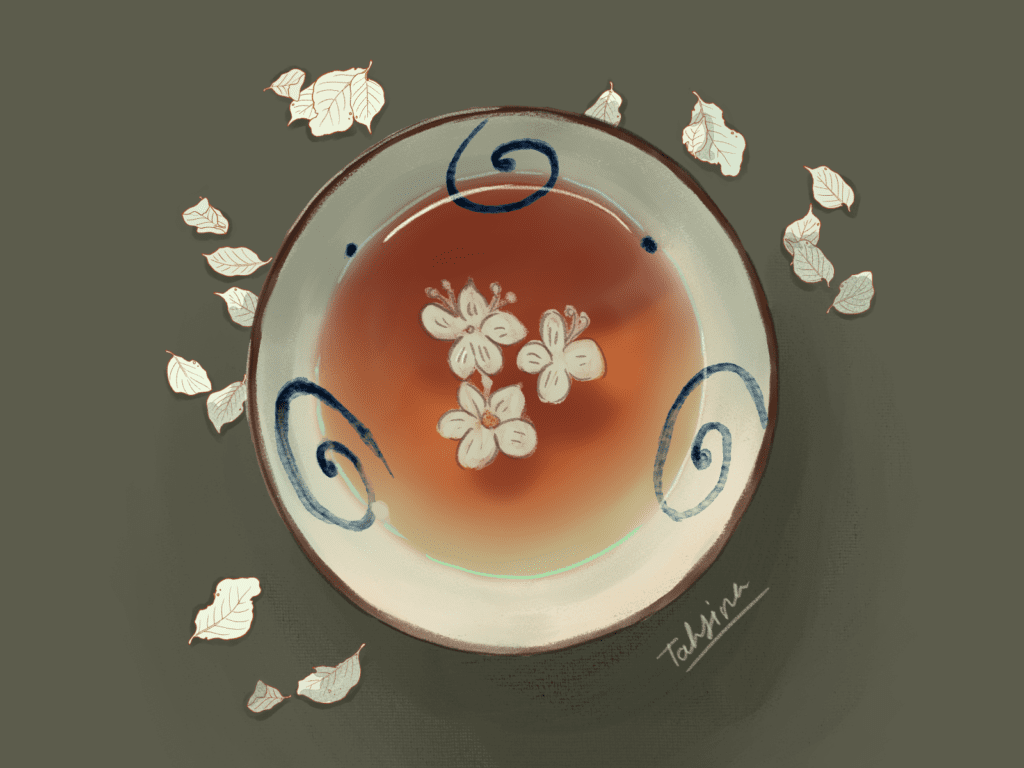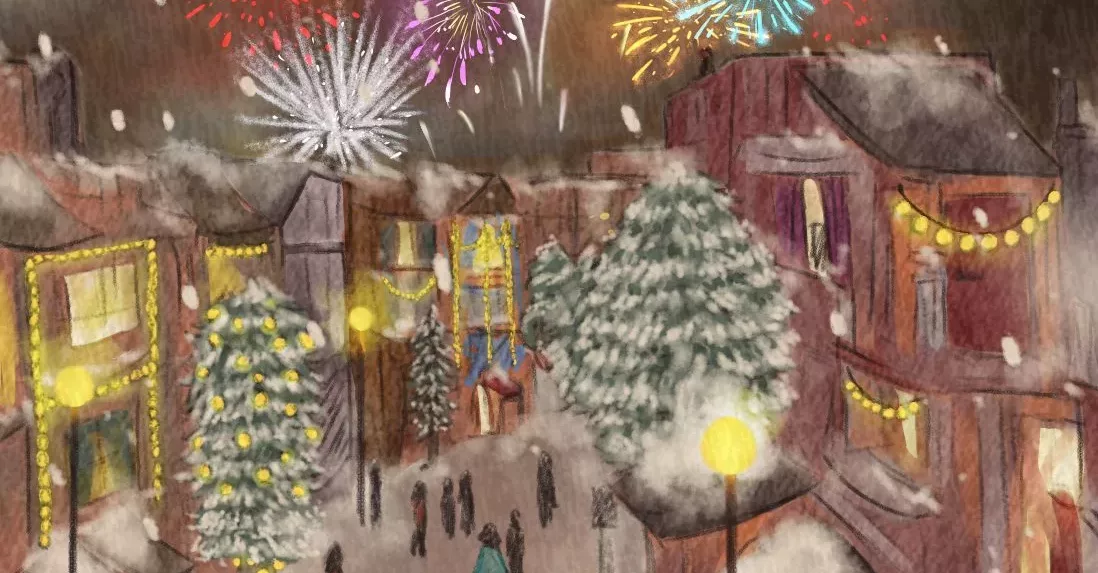Generations of Love in Tea

“My food can’t go down without a cup of tea.” – this is a common line people of Bengali households must hear often. And it makes perfect sense because tea is more than just a beverage to sip on in the morning; it is comfort.
Tea holds a precious spot in Bengali homes. It is an elixir that wakes you up with just its scent in the morning. When evening comes around, it tells you to stop and take a break. It reminds you to breathe in and take care of yourself for just those fifteen minutes. No matter how awkward it can get around guests, it breaks the ice. It says, “Welcome to our home.”
Back when I was 11 or 12, there used to be a tea stall near my maternal grandmother’s home. That was the age when I had just started learning to drink tea without putting heaps of sugar in it. Whenever I would go to my maternal grandmother’s house, she made sure I had my regular – a cup of tea with three spoons of sugar, unstirred. I’d chug the tea and then dip my finger in the granulated sugar that had turned into a tea syrup. To this day, my father runs on tea; you can tell if he is stressed when he starts asking for cups of it back to back. Back then, my father would wait till my mother went to my maternal grandmother’s house, just to ask her to bring back a whole flask of tea from that stall. I remember taking a sip for the first time, and it genuinely felt like I had experienced magic for the first time. It was more than just the amount of tea or how long the milk was boiled; it was a rare gem along the streets of Dhaka.
A few years later, I learned to make my first cup of tea from my paternal grandmother. Whether it was a bonding moment or her way of training up a new person in the house to make tea to keep up with the whims of my grandfather, it is still a mystery. Even though it was probably ten times more watery than the tea I remember at the stall, it still felt like an achievement. I still remember how thorough and calculative she was regarding the measurements. In my eyes, it seemed like she already had the formula to make a good cup with the utensils she had.
It was only years later, when I moved to a new house, that I really began to struggle again with making tea. I asked my mother and our house-help to show me how to make it again. I had only known how to make it with the method and dexterity that my grandmother had taught me. Seeing them pout in the milk before the tea was even boiled in water, putting the sugar in all at once – it had all felt wrong. But my mother was patient and slowly taught me how to let go of the rigidity of the method.







The way I ran to pour myself a cuppa after reading this